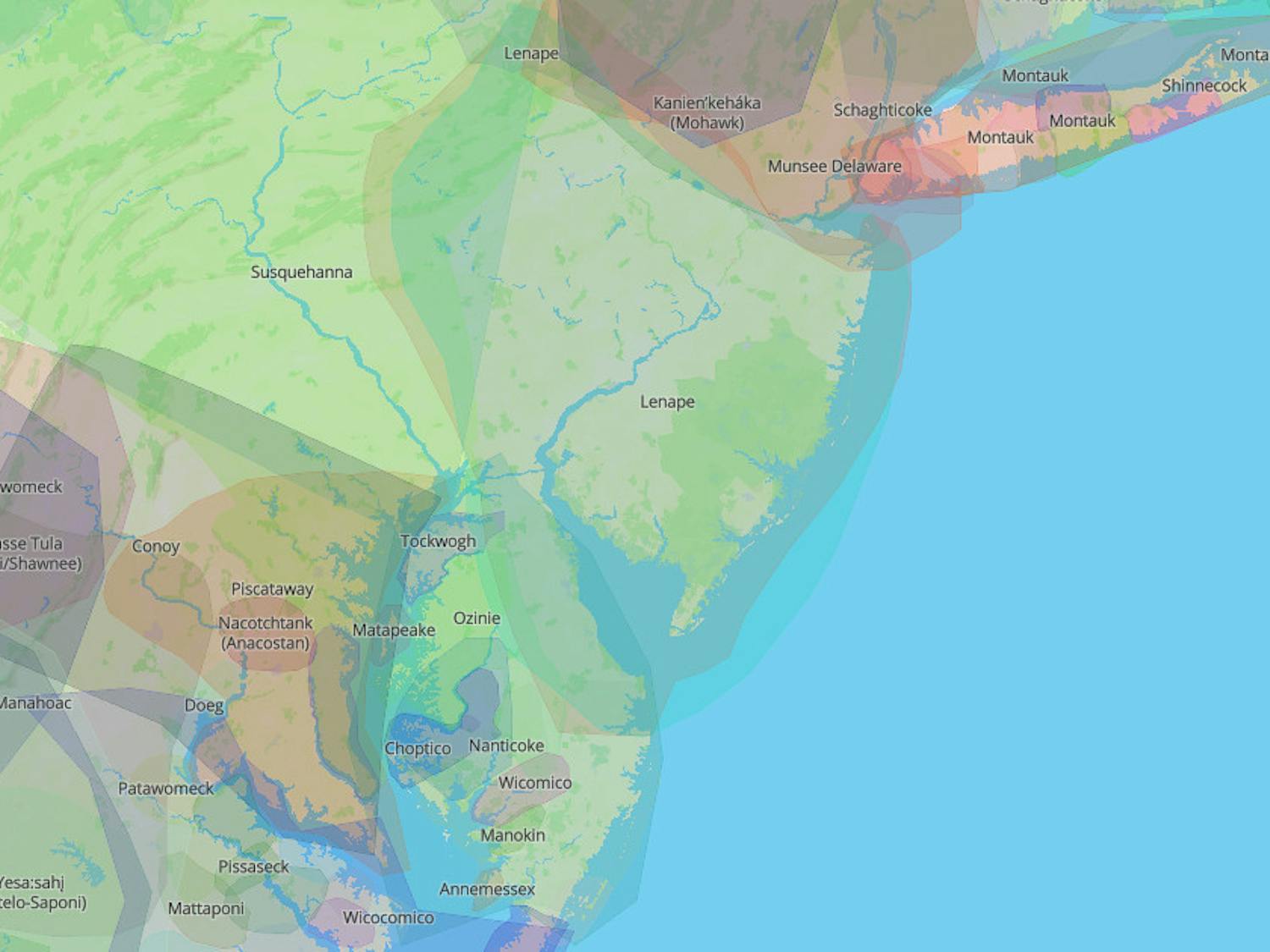Twenty-one years ago, I was born in India. Shortly thereafter, my family moved to Singapore. In the subsequent years, I moved five more times before coming to Penn, and at one point or another had called Indonesia, Hong Kong and Malaysia home. Yet, when I got here, people had the gall to tell me that I wasn’t Asian! This was very puzzling to me. If I — who had probably lived in more Asian countries than just about any other student on campus — wasn’t Asian, then what was I? And more importantly, who did qualify as Asian?
I realized quickly that in Penn lingo, when people said “Asian,” they really meant “of East Asian descent.” In fact, they were usually referring to someone of Chinese, Japanese or Korean heritage. In an attempt to be politically correct (and perhaps because they couldn’t tell Chinese from Japanese from Korean), they would lump them all together as “Asian.”
Unfortunately, this attempt at political correctness reflects laziness at best and troubling racism at worst. By using the term “Asian” to mean only certain types of Asian, there is an inherent exclusion of more than half of the continent. And this offensiveness is not limited to the Asian misnomer: non-African American blacks face the same issue. Calling someone of Caribbean descent “African American” is a little silly, and inappropriately tacking on the “American” to someone who is, say, straight-up Kenyan, is just absurd.
Yet the fact that there is a problem is clear — sometimes, based on appearance, it just isn’t apparent how to categorize someone. With any specific term we use, we run the risk of inaccuracy and an accusation of ignorance and racism. Yet to most problems there is a simple solution: if the issue is that Penn students allow political correctness and its generalities to act as a veil of ignorance, then the answer is that we need to become comfortable with clear, straightforward terminology. Basically, in the same way we say white to refer to Caucasians, we need to become okay with saying black, brown and yellow.
When asked about his thoughts on racial generalizations, G.J. Melendez-Torres, Wharton and Nursing senior and chairman of the United Minorities Council, said that his personal rule of thumb for intercultural etiquette is to “use the most specific category possible without being foolish.” As he explained, it would be unreasonable to refer to an entirely Chinese group as Asian. They would be Chinese. Yet if the group was blended Chinese and Japanese, the most appropriate term might be “Asian.”
I agree with his logic, but I think there’s definitely a level between individual nationality and continental identity. After all, “Asian” means from the continent of Asia — which includes South Asia, West Asia and the Middle East. If there is a need to describe only a certain subsegment of the continent, it’s critical to have a classification system that is specific, accurate and representative. And if we all agree that it would take an unnecessarily long time (in addition to sounding kind of loopy) to use terms like, “of East-Asian and some-parts-of-Southeast-Asian descent,” we should just say yellow.
Penn students get sensitive when using physical descriptors of race so cavalierly, but it’s important to realize the benefits of reclaiming colors as acceptable criteria. It’s clear — whether you like to admit it or not, you know what I mean when I say I am brown — and it’s equal. After all, everyone can be described by the color of their skin. We say people are tall or short. We say that they are fat or thin. We say that they are pretty or ugly. Why can’t we also say whether they are white, black, brown or yellow?
Tanvi Gupta is a College senior from Southeast Asia. She is a member of the Student Activities Council Executive Board. Her e-mail address is gupta@theDP.com. Cosmopoli-Tanvi appears on alternate Mondays.








